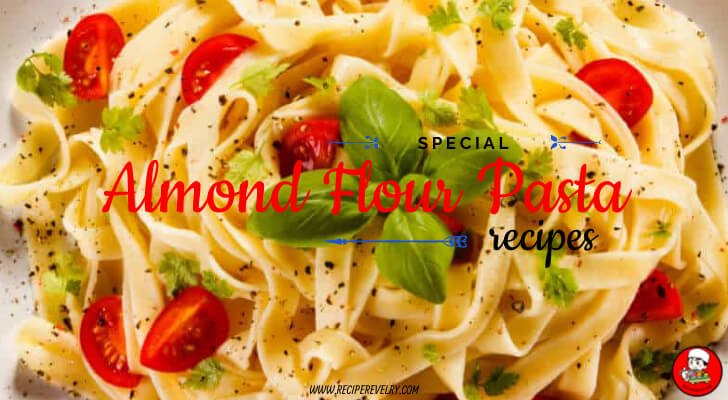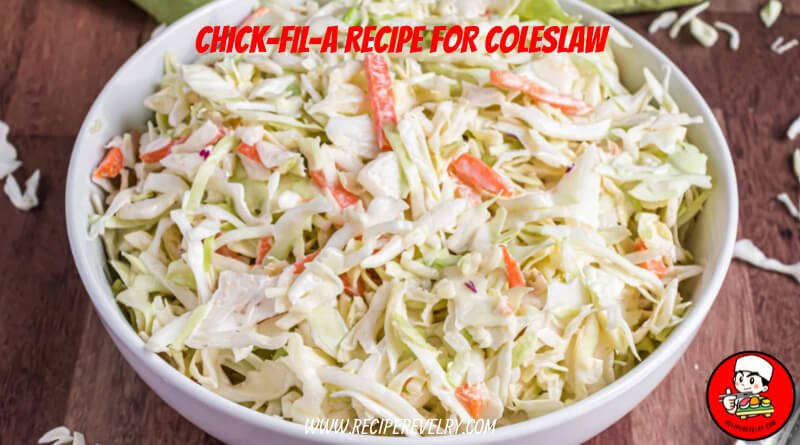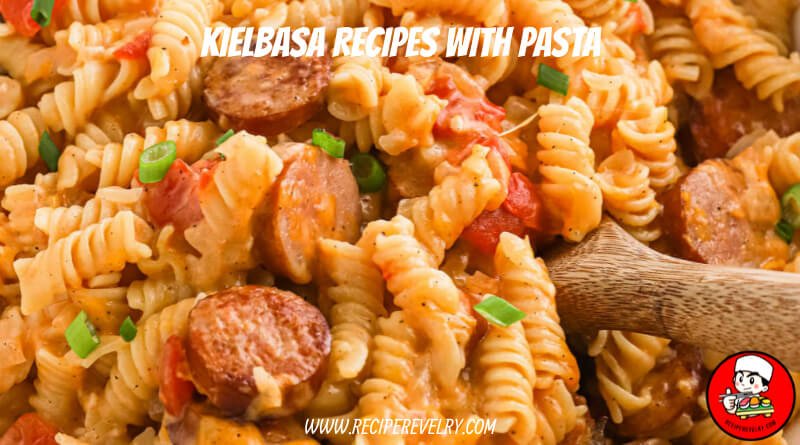Hey there, pasta enthusiasts and fellow gluten-free foodies! Today, let’s dive into the world of homemade almond flour pasta – a game-changer for those seeking a healthier alternative to traditional wheat-based noodles. As someone who’s no stranger to the kitchen, I’ve discovered the wonders of almond flour pasta firsthand. It offers a delectable taste and texture and is also a low-carb gem, perfect for those adhering to gluten-free diets. Join me on this culinary journey as we explore the simplicity and satisfaction of crafting our almond flour pasta from scratch. Let’s get rolling! 🍝✨

Ingredients
- Almond flour
- Eggs
- Olive oil
- Salt
- Water (optional)
Almond Flour: The show star, almond flour, serves as the gluten-free base for our pasta dough. It adds a subtly nutty flavour and a tender texture to the finished product.
Eggs: Eggs provide structure and binding properties to the pasta dough, ensuring it holds together well during cooking.
Olive Oil: Adding a touch of olive oil to the dough enhances its elasticity and helps prevent sticking when rolling out and shaping the pasta.
Salt: A pinch of salt enhances the pasta’s flavour and helps balance the almond flour’s sweetness.
Water (optional): While not always necessary, a small amount of water can be added to the dough if it’s too dry, helping to achieve the desired consistency for easy rolling and shaping.
Preparation of Almond Flour Pasta Dough
1. Combine almond flour and salt in a bowl: Start by measuring your almond flour and adding it to a mixing bowl. Sprinkle in a pinch of salt, which will enhance the flavour of your pasta.
2. Create a well in the centre and add eggs and olive oil: Using your fingertips or a spoon, create a well in the centre of the almond flour mixture. Crack your eggs into the well and pour in olive oil.
3. Mix until a dough forms: Using a fork or your hands, gradually incorporate the wet ingredients into the dry until a cohesive dough forms.
4. If the dough is too dry, add water gradually until it reaches the desired consistency: If your dough seems too crumbly or dry, don’t worry! Add a splash of water, a little at a time, until the dough comes together smoothly.
Rolling Out the Pasta
1. Divide the dough into smaller portions: Before rolling, divide your dough into manageable portions. This makes it easier to work with and ensures uniform thickness throughout.
2. Flatten each portion with a rolling pin or pasta machine: Take one portion of dough and flatten it slightly with your hands. Then, roll it out with a rolling pin or pasta machine into a thin, even sheet.
3. Roll the dough out thinly to desired thickness: Continue rolling it until it reaches your desired thickness. For traditional pasta, aim for a thickness similar to a coin’s. If using a pasta machine, gradually decrease the thickness setting with each pass.
Cutting the Pasta
1. Use a sharp knife or pasta cutter to cut the dough into desired shapes: Carefully transfer your rolled-out dough onto a clean, lightly floured surface. Then, cut the dough into strips for long noodles like fettuccine or spaghetti using a sharp knife or pasta cutter.
2. Common shapes include fettuccine, spaghetti, or ravioli squares: Get creative with your pasta shapes! While fettuccine and spaghetti are classic choices, feel free to experiment with shapes like ravioli squares for stuffed pasta dishes. Just remember to keep your cuts even for consistent cooking.
Cooking Almond Flour Pasta
1. Bring a large pot of salted water to a boil: Fill a large pot with water and add a generous amount of salt. Bringing the water to a rolling boil ensures that your pasta cooks evenly and doesn’t stick together.
2. Carefully add the pasta and cook for 2-4 minutes, or until al dente: Gently drop your freshly cut pasta into the boiling water, being careful not to splash yourself. Cook the pasta for 2-4 minutes, stirring occasionally, until it reaches the perfect al dente texture – tender but still slightly firm to the bite.
3. Drain the pasta and toss it with your favourite sauce or ingredients: Drain your pasta in a colander or pasta strainer once it is cooked to perfection. Then, transfer it to a serving dish and toss it with your favourite sauce or ingredients. Get creative and enjoy your homemade almond flour pasta!
Serving Suggestions
Toss with pesto and cherry tomatoes: For fresh flavour, toss your cooked almond flour pasta with homemade or store-bought pesto sauce and juicy cherry tomatoes. The vibrant colours and aromatic herbs will make your dish irresistible.
Serve with a creamy Alfredo sauce: Indulge in creamy decadence by pairing your pasta with a rich Alfredo sauce. Made with butter, cream, and Parmesan cheese, this velvety sauce coats the pasta beautifully for a luxurious dining experience.
Pair with roasted vegetables and Parmesan cheese: For a wholesome and satisfying meal, top your almond flour pasta with roasted vegetables like bell peppers, zucchini, and mushrooms. For a savoury finishing touch, sprinkle with grated Parmesan cheese.
Tips for Success
Use blanched almond flour for a smoother texture: Opt for blanched almond flour rather than almond meal for a finer, smoother texture in your pasta dough. Blanched almond flour is made from almonds with their skins removed, resulting in a lighter and more delicate pasta.
Avoid overcooking the pasta, as almond flour pasta can become mushy if cooked too long: Keep a close eye on your pasta while it’s cooking and aim for that ideal al dente texture—tender yet firm to the bite. Overcooking can cause almond flour pasta to become mushy, so test for doneness early and often.
Dust the dough and work surface with almond flour to prevent sticking: When rolling out your pasta dough, sprinkle some almond flour on the dough and your work surface. This will ensure smooth rolling without any frustrating sticking incidents.
Additional Ideas
Add herbs or spices to the dough for flavoured pasta: Elevate the flavour profile of your pasta dough by incorporating herbs like basil, parsley, or thyme or spices such as garlic powder, black pepper, or chilli flakes. Mix the desired herbs or spices into the dough during the mixing process to infuse your pasta with an irresistible flavour.
Incorporate vegetable purees like spinach or roasted red pepper for coloured pasta: Amp up the visual appeal of your pasta by incorporating vibrant vegetable purees into the dough. Blanched spinach, roasted red pepper, or even beet puree can add striking colour and subtle flavour to your almond flour pasta, making it as visually stunning as it is delicious.
Experiment with different sauces and toppings to customize your dish: Let your imagination run wild with pasta toppings and sauces, tailoring your dish to suit your unique taste buds. Whether it’s the timeless marinara, indulgent carbonara, or tangy lemon garlic butter sauce, the options are limitless for enhancing your almond flour pasta. Embrace experimentation, blending flavors to craft your very own pasta masterpiece!
FAQ
Is almond flour pasta gluten-free?
Almond flour pasta is naturally gluten-free, making it a great option for those with gluten sensitivities or allergies.
How does almond flour pasta taste compared to traditional pasta?
Almond flour pasta has a slightly nutty flavour and a tender texture, offering a delicious alternative to traditional wheat-based pasta.
Can I make almond flour pasta without eggs?
You can make egg-free almond flour pasta by using alternative binding agents such as flaxseed meal or psyllium husk.
Is almond flour pasta lower in carbs compared to regular pasta?
Almond flour pasta is typically lower in carbs than traditional pasta, making it a suitable option for low-carb or keto diets.
How long does almond flour pasta last?
Almond flour pasta can last for up to 3-4 days when stored in an airtight container in the refrigerator.
Conclusion and Call to Action
Almond flour pasta is a versatile and delicious alternative to traditional wheat-based pasta. Its ease of preparation, gluten-free nature, and lower carb content make it a favourite among health-conscious individuals and those with dietary restrictions. We encourage you to try this recipe and explore the endless possibilities for customizing your almond flour pasta with various sauces and toppings. Share your culinary adventures with us. Remember to spread the love by inviting others to experience the joy of gluten-free cooking. For more mouthwatering gluten-free recipes and cooking inspiration, visit our website or follow us on social media. Happy cooking!


